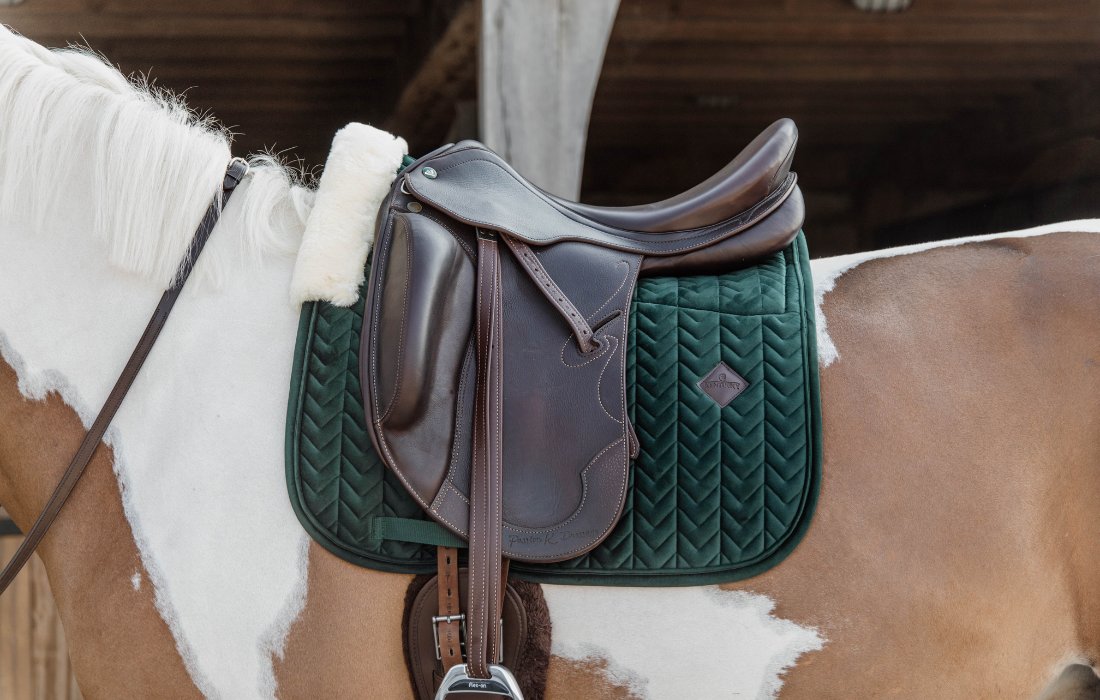Saddle stitching is an indispensable technique in leatherworking, offering both durability and aesthetic appeal. Understanding how to saddle stitch can transform your equestrian gear, making it not only more functional but also more stylish. Whether you are a beginner or a seasoned artisan, mastering this skill can significantly enhance your projects.

1. Introduction to Saddle Stitching
Saddle stitching is a classic method used to sew pieces of leather together. It is highly revered for its strength and longevity. Knowing how to saddle stitch provides an edge in creating top-notch leather goods, especially for equestrian enthusiasts who prioritize durability and appearance.

2. Why Use Saddle Stitching?
The saddle stitch is known for being incredibly resilient. It is a preferred method for creating leather saddles, bridles, and other horse tack because it holds up well under pressure. Additionally, it gives a professional finish that is hard to beat.
2.1 Advantages of Saddle Stitching in Equestrian Gear
- Durability
- Professional look
- Versatility

3. Essential Tools for Saddle Stitching
To get started with saddle stitching, you’ll need a basic set of tools. These include:
- Needles
- Thread
- Pricking irons or chisels
- Cutting mat
- Ruler and marking pen

4. Preparing Your Workspace
Setting up a conducive workspace is critical. Make sure your area is well-lit and your tools are organized. This will not only make your work easier but also improve the quality of your stitching.
5. Step-by-Step Guide to Saddle Stitching
5.1 Marking the Stitch Line
First, use your pricking iron or chisel to create evenly spaced holes along the line you want to stitch. This ensures a straight, professional-looking stitch line.
5.2 Cutting the Thread
Measure and cut a length of thread that is about three times the length of the stitch line. This will ensure you have enough thread to complete your project without running short.
5.3 Threading the Needles
Thread one needle on each end of the thread. This is a crucial step in the saddle stitch process and ensures that the stitch is strong and durable.
5.4 Starting the Stitch
Push one needle through the first hole, pulling the thread halfway through. Then push the second needle through the same hole in the opposite direction. This creates the foundation for your stitch.
5.5 Continuing the Stitch
Repeat the process for each hole, alternating needles. This creates a lock stitch that holds extremely well.
5.6 Finishing the Stitch
When you reach the end of your stitch line, tie off the thread securely. You can also backstitch for extra security.
6. Common Mistakes to Avoid
Even experienced stitchers can make mistakes. Here are some common pitfalls to watch out for:
- Uneven Stitch Length: Make sure your holes are evenly spaced.
- Weak Knots: Always secure your thread properly to avoid unraveling.
- Wrong Tools: Using the wrong size needle or thread can make stitching difficult.
7. Tips for Perfecting Your Stitch
Practice is key to mastering saddle stitching. Here are some tips to help you improve:
- Practice on Scrap Leather
- Use Quality Tools
- Take Your Time
8. Advanced Techniques
8.1 Double Saddle Stitch
This technique involves using two threads simultaneously for an even stronger stitch.
8.2 Decorative Stitching
Adding decorative elements can elevate the look of your stitching and make your projects unique.
9. Maintenance and Care
Proper maintenance will ensure that your stitched projects last. Regularly check for wear and tear, and repair any loose stitches immediately.
10. FAQs
10.1 What is the best thread to use for saddle stitching?
Waxed polyester thread is generally recommended for saddle stitching due to its durability.
10.2 Can I use saddle stitching for other types of craft?
Absolutely! While popular in leatherwork, saddle stitching can be used in various crafts requiring strong seams.
10.3 How long does it take to master saddle stitching?
The time to master saddle stitching varies. Regular practice can lead to proficiency within a few weeks to months.
As an Amazon Associate, I earn from qualifying purchases.